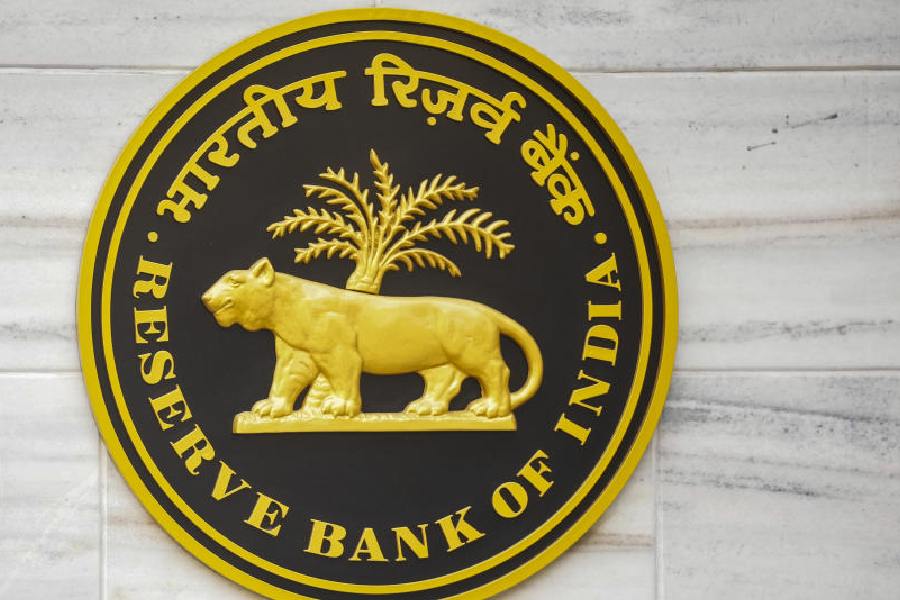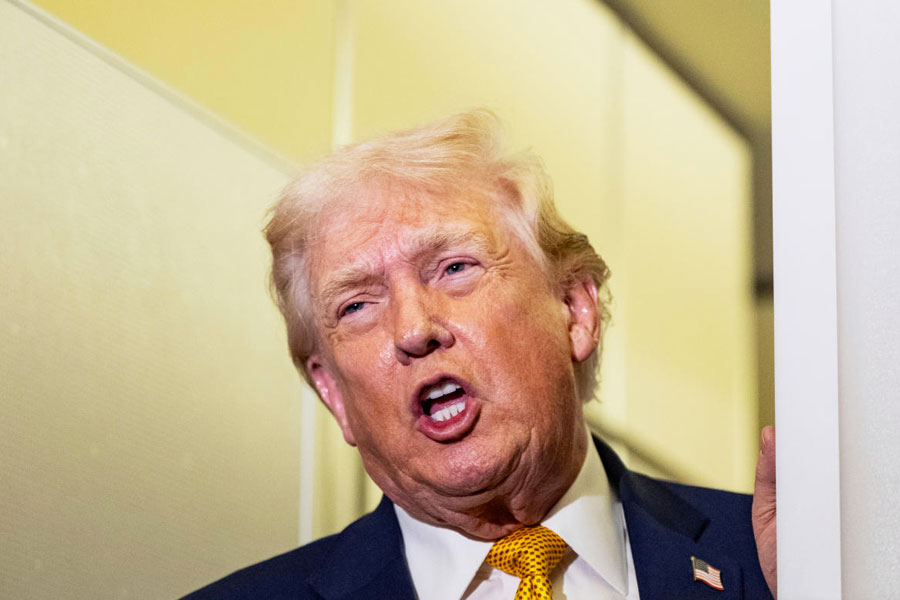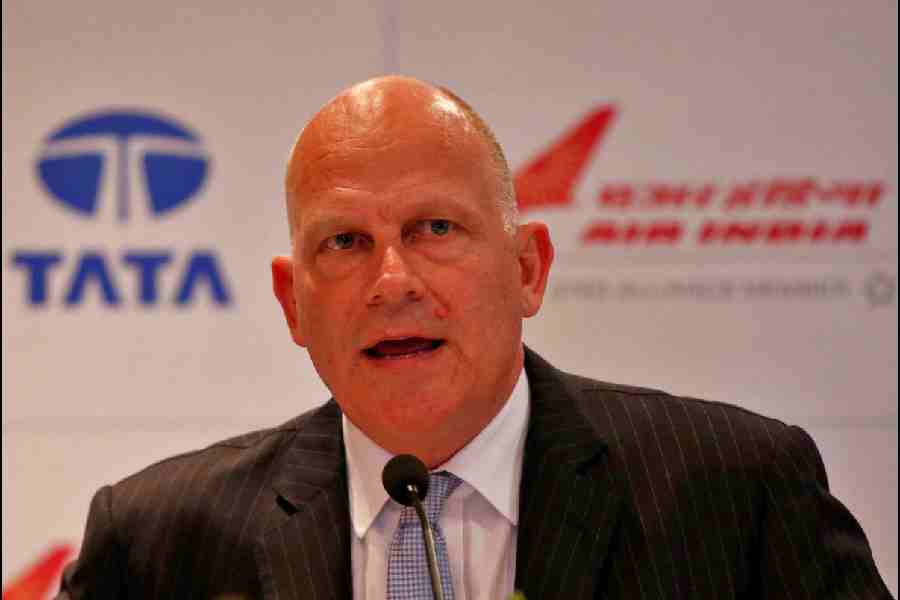After nearly five years of waiting, the Reserve Bank of India (RBI) has finally cut its key interest rate. But before you celebrate, there’s a catch. While a lower interest rate usually means cheaper loans and a boost for businesses, this small 25-basis-point cut isn’t likely to move the needle much.
With the central bank governor saying there are “tremendous global uncertainties” and the slowing economy, the impact of this cut will be extremely limited.
The RBI’s Monetary Policy Committee decided to lower the repo rate – the rate at which the central bank lends to commercial banks – from 6.5 per cent to 6.25 per cent. This cut was in line with most economists’ expectations. However, the RBI kept its overall monetary stance “neutral.” That means it isn’t committing to further reductions in the near future.
Impact on loans, businesses
If you have a home loan, car loan, or personal loan, you might expect your interest payments to be lower. But hold on – this rate cut doesn’t automatically translate to banks lowering their lending rates immediately. In fact, with liquidity still tight in the banking system, the benefits may take time to reach borrowers.
For businesses, particularly small- and medium-sized enterprises, otherwise known as SMEs, cheaper loans could provide some relief. However, with global instability and slowing demand, the real boost might not be as significant as hoped.
So why did the central bank cut rates? Well, the economy has been struggling with slower growth, and inflation has been moderating, giving the central bank some room to act. (Yes, we know, food inflation is still nearly 10 per cent, but overall inflation is at 5.2 per cent – finally below the central bank’s official ceiling of 6 per cent, giving it wriggle room on this.)
The government has forecast GDP growth of 6.4 per cent for this financial year and about the same for next year, much lower than the 8.2 per cent growth seen in 2023-24.
RBI Governor Sanjay Malhotra hoisted a slew of red flags when announcing the rate cut. He made it clear that while this rate cut is meant to support growth, the economic landscape remains highly unpredictable.
“Global uncertainties are our higher worries. It is because that has a direct impact on growth, investment decisions, and consumption expenditure that get deferred,” Malhotra said.
The unknowns – like fluctuating oil prices, geopolitical tensions, and shifting trade policies (watch out for the Trump administration) – are casting a big shadow over India’s financial outlook. The central bank doesn’t want to commit to a prolonged rate-cutting cycle when global conditions could change in a heartbeat.
The fact that the stock markets barely budged and the rupee continued to hover near record lows is a sign that the rate cut was not as big a deal as investors might have hoped.
Many were expecting the central bank to inject more cash into the system by reducing the amount of money banks must hold in reserve. But that didn’t happen, reflecting the bank’s caution.
Malhotra emphasised that the RBI must carefully balance financial stability with economic growth. While the central bank wants to spur lending and investment, it also has to ensure banks don’t take excessive risks.
April next?
So what’s next? While another small rate cut in April remains a possibility, it’s far from certain. Many analysts believe this could be the only cut for now – unless the domestic economic situation deteriorates further.
The government’s Budget income-tax-cut sweetener – raising the personal income-tax threshold to Rs 12 lakh – and expectations of strong agricultural output could help support growth. But there’s a big question mark hanging over those prospects.
Remember that the tax cut affects just 2.5-to-3-crore taxpayers out of a population of 1.4 billion. The government projects that with that tax cut growth will be 6.3-per-cent to 6.8 per cent in the next financial year and those year forecasts are often revised downward.
India’s growth would still be the fastest in the world. But the numbers are way below the at least 8 per cent expansion required to achieve Modi’s ambition of making India a developed economy by 2047.
What’s the takeaway for consumers and businesses? The message is clear: don’t expect a major boost from this rate reduction, even with the one-two punch of the tax cut. With global uncertainties looming large, even cautious optimism may be wishful thinking.











